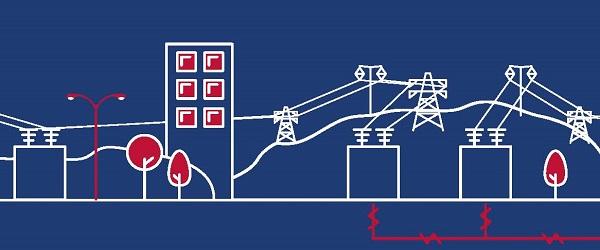National Grid System Operator (SO) Published its Product Roadmap for Frequency Response and Reserve Markets
By Cathy McClay, Head of Commercial Electricity.

In June 2017 we launched our first ever System Needs and Product Strategy (SNAPS). Its aim was to identify how the SO could work better with industry to provide the right mix of balancing services that we will need in future. The changes we are making will ultimately make it easier for all parties to sell balancing services to the System Operator, delivering more efficient markets and minimising costs to consumers.
In SNAPS we asked for the views of stakeholders on how we could simplify and evolve the balancing services products we use today and, in doing so, increase market competition. Since then we’ve been listening and gathering insights from people from across the energy sector through a series of formal and informal consultations.
What our industry told us
Feedback and insights provided from a range of areas from our industry have been incredibly valuable. We received a total of 128 responses and some common themes emerged.
Most parties agreed on the need for greater standardisation of products. We were told that the industry preferred a mix of short-term markets and long-term contracts, while the idea of new approaches to procurement, including auctions, was broadly welcomed.
Other themes included the need for greater transparency of the SO’s day-to-day activities and finding ways to reduce barriers to entry.
The way ahead
We’ve taken all this feedback and it has helped to shape the document that we’re publishing today. The Product Roadmap sets out the actions we will take for frequency response and reserve markets and details the principles that will govern the way that we procure balancing services in future.
So, what will change? We are making fundamental changes to our products in three areas: rationalising the number of products, simplifying our procurement activities, and improving the products themselves.
A simpler way of working
Firstly, we have removed eight products from active procurement, reducing the total number of balancing services products from 30 to 22. This will provide more clarity of the SO’s procurement activities.
We’re also looking to make things simpler. We are reshaping our existing products into a more standard form that is easier to understand; standardising our firm frequency response (FFR) and reserve products (Fast Reserve and STOR).
We also recognise the importance of improving the products that are in place. One example is the plan to trial ‘close to real-time’ procurement. This means that rather than procuring services six months ahead of time, we will trial a ‘week ahead’ procurement process.
This is particularly relevant given the rapid growth in renewable generation connecting to the network. We can predict many things, but certainly not how windy or sunny it is going to be more than a few days into the future!
There are other practical measures planned, including a review of exclusivity clauses in partnership with the Energy Networks Association, which will allow parties to stack up revenue streams.
We will also introduce faster acting response around the standardised FFR market. Both dynamic and static faster acting response are being assessed.
What will the benefits be?
The changes we are making to our balancing services products will help to increase competition in markets. We also believe that by simplifying the procurement process we will attract new players who might have found the barriers to entry too high until now.
The changes will take some time to implement fully because they represent a major shift in the way the SO operates.
In the first quarter of 2018 we will publish the next phase of improvements planned under SNAPS. These will include SO initiatives under Black Start, reactive power and constraint management.
In the meantime, alongside the launch of the Product Roadmap, we will create a set of YouTube videos that allow potential providers to get a clearer picture of the markets that the SO operates in.
It’s vital that we continue a strong dialogue with industry during these changes. If you would like more information or to share your views, please contact us.

